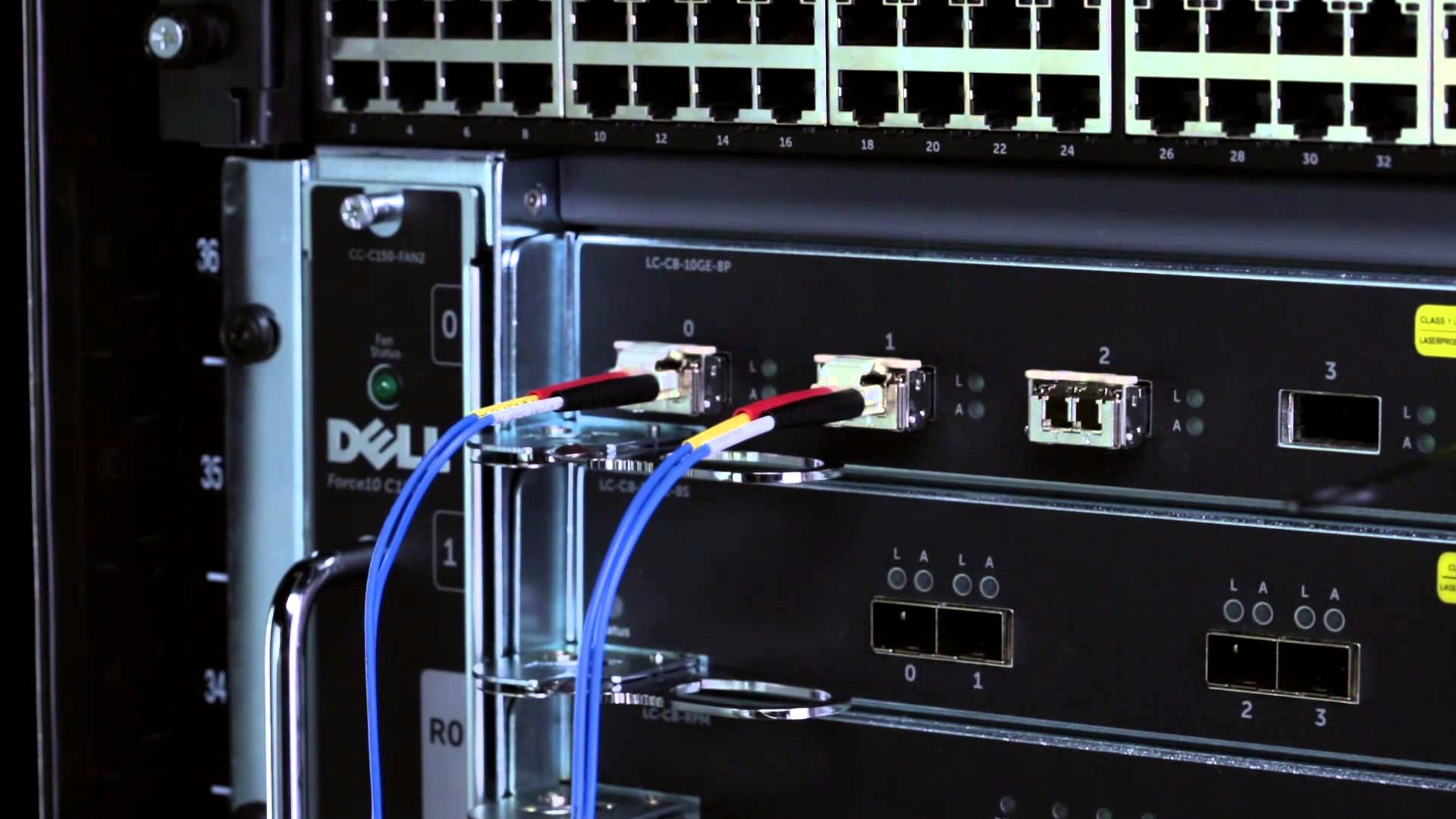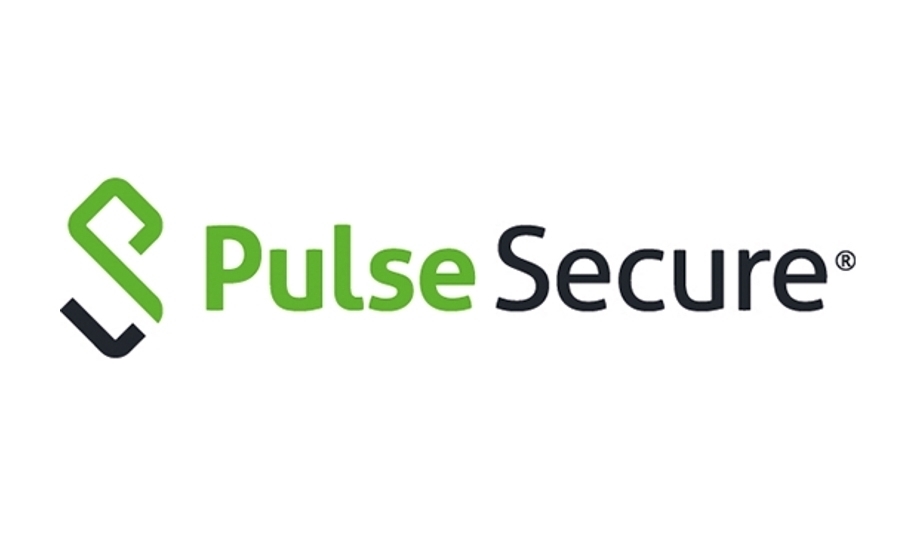| Standards | - 7372: IEEE 802.11a/b/g/n
- 7352: IEEE 802.11b/g/n
- 7372: 2.4 GHz and 5 GHz
- 7352: 2.4 GHz
|
| Supported Data Rates | - 802.11n: 6.5 Mbps – 130 Mbps (20 MHz)
- 6.5 Mbps – 300 Mbps (40 MHz)
- 802.11a (7372 only): 54, 48, 36, 24, 18, 12, 9 and 6Mbps
- 802.11b: 11, 5.5, 2 and 1 Mbps
- 802.11g: 54, 48, 36, 24, 18, 12, 9 and 6 Mbps
|
| Radio Chains | |
| Spatial Streams | |
| RF Power Output** | - 26 dBm for 2.4GHz
- (7372 only) 24 dBm for 5GHz
|
| Frequency Band | - IEEE 802.11 b/g/n: 2.4 – 2.484 GHz
- (7372 only) IEEE 802.11a/n: 5.15 – 5.25 GHz; 5.25 – 5.35 GHz; 5.47 – 5.725 GHz; 5.725 – 5.85 GHz
|
| Frequency Band | - US/Canada: 1-11, Europe (ETSI X30): 1-13, Japan X41: 1-13
- (7372 only) 5 GHz channels: Country dependent
|
| BSSID | |
| Power Save | |
| Wireless Security | - WPA-PSK, WPA-TKIP, WPA2 AES, 802.11i
- Authentication via 802.1X with the ZoneDirector, local authentication database, support for RADIUS, LDAP, and Active Directory
|
| Certifications | - U.S., Europe, Australia, Brazil, Canada, Chile, China, Colombia, Costa Rica, Hong Kong, India, Indonesia, Israel, Japan, Korea, Malaysia, Mexico, New Zealand, Peru, Philippines, Saudi Arabia, Singapore, South Africa, Taiwan, Thailand, UAE, Vietnam
- WEEE/RoHS compliance
- EN-60601-1-2 (Medical)
- Wi-Fi Alliance
- EN50121-1 Railway EMC
- EN50121-4 Railway Immunity
- IEC 61373 Railway Shock & Vibration
|








